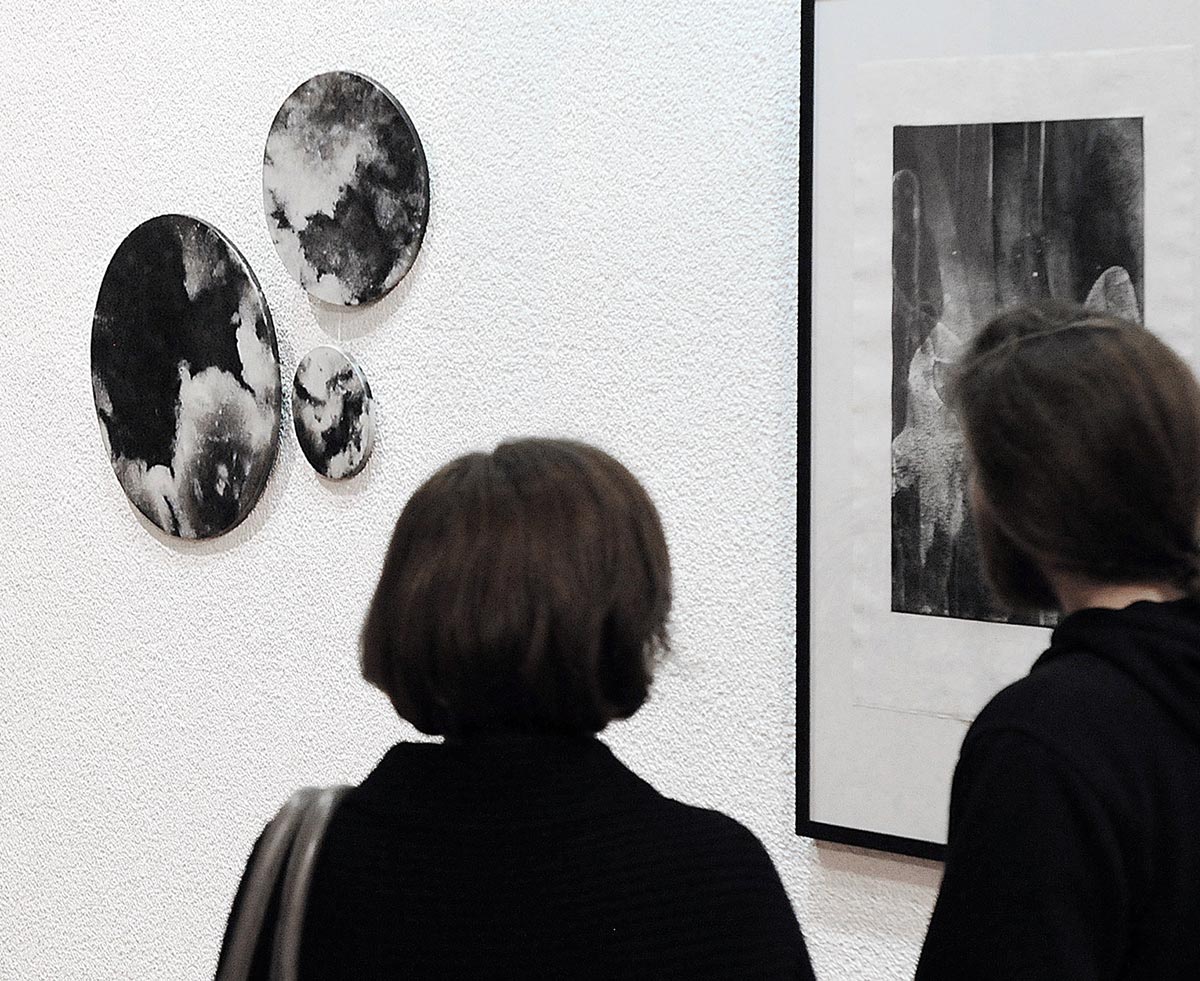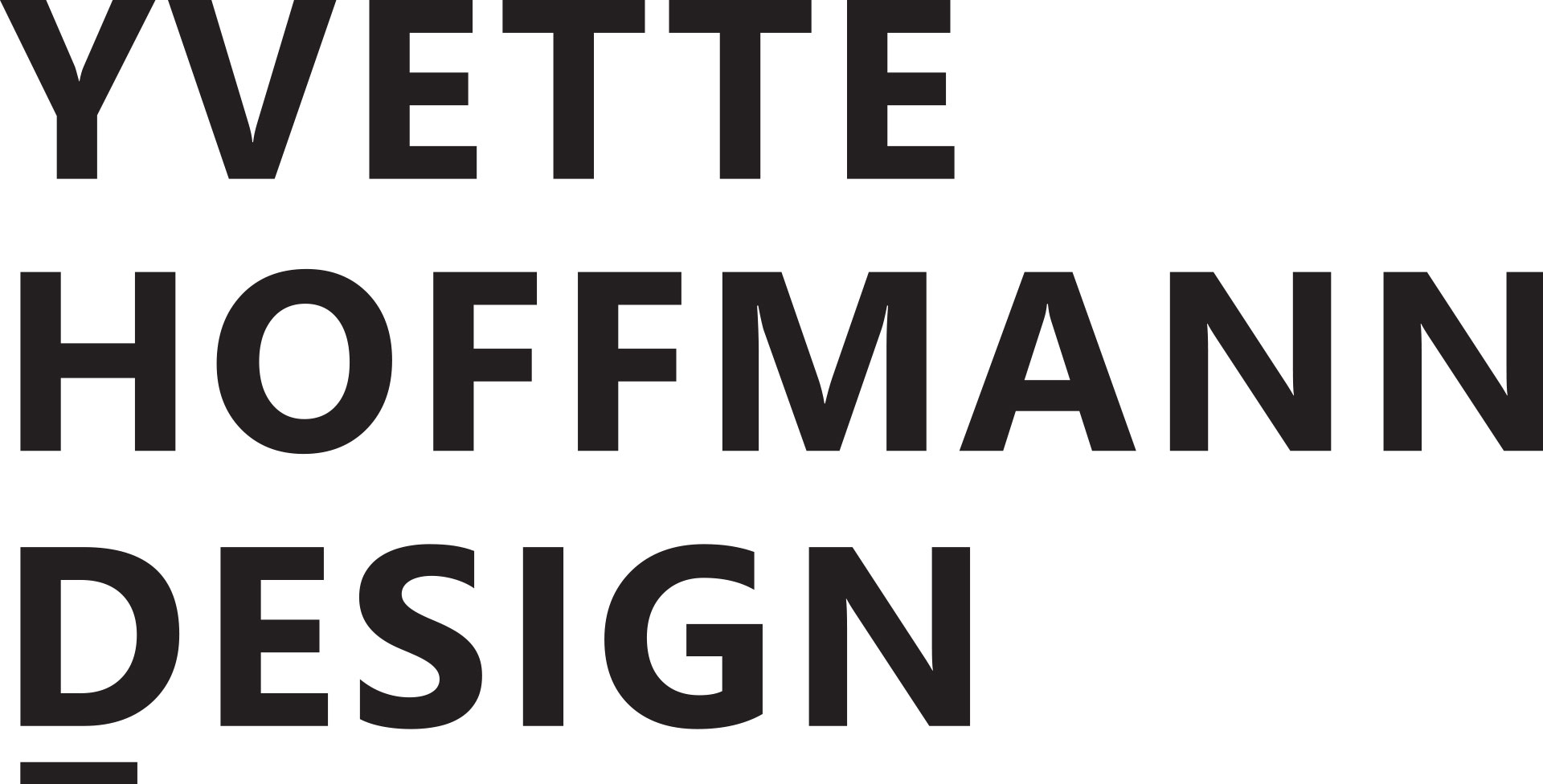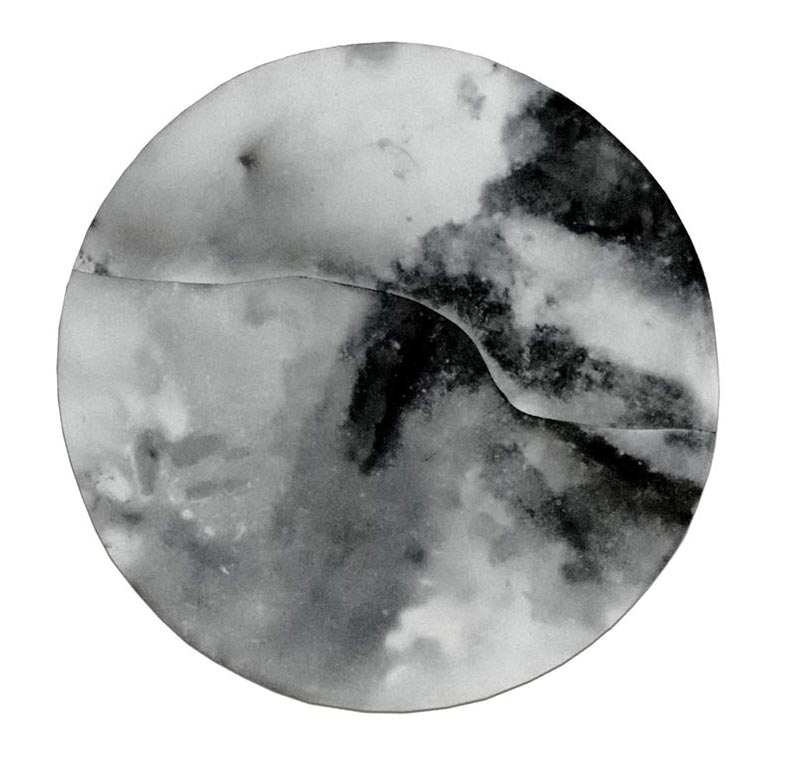
Elements on Fire
Polished earthenware fired directly in a wood fire. The carbon is trapped in the porous clay during the wood firing, creating different light and dark areas as well as various graphic structures, depending on the firing. The smoke traces can only be controlled to a limited extent. The less you try to control them, the more interesting structures emerge.
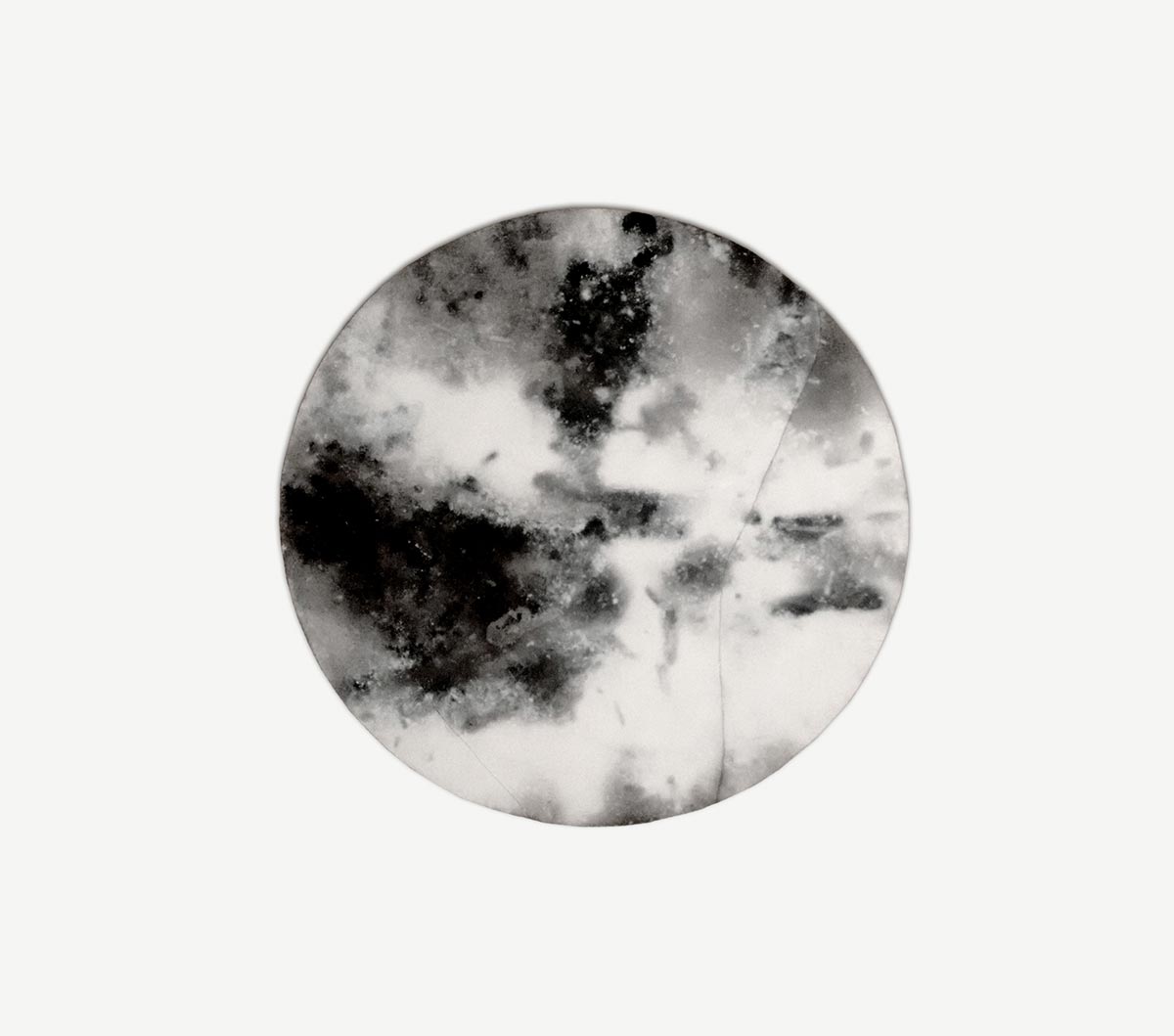
Exploring Clay and Craft
Ceramic craft is among the oldest in the world. Ceramic vessels can be made relatively easily from just a few natural raw materials. But what is the difference between regular earth and loam, or between clay and porcelain? How are the raw materials processed? What techniques exist? I have been intensively pursuing these questions since 2012 and had to realize how little I knew about the production of everyday ceramic products and even less about what is beneath my feet.
It all began with simple manual experimentation with different types of clay, followed by learning various techniques and finally complex material and technical experiments. Teaching oneself a craft autodidactically and independently developing knowledge is a significantly longer process in which many mistakes are made. However, this also leads to unconventional paths, linking different work processes, establishing new connections, and discovering the unknown, new possibilities, and that a mistake doesn’t necessarily have to be wrong. Haptic research in the sense of “understanding by doing” also makes it possible to examine production processes and raw materials more closely regarding environmental and working conditions as well as resource extraction, and to grasp them physically.
In doing so, it is important to make connections and relationships between people, environment, and objects tangible, to awaken curiosity and enthusiasm, and to incorporate gained insights into design concepts. This continuous research has so far led to various studio series and products that can be discovered on this website and in the shop.
A connection across time to the generations of craftspeople before.
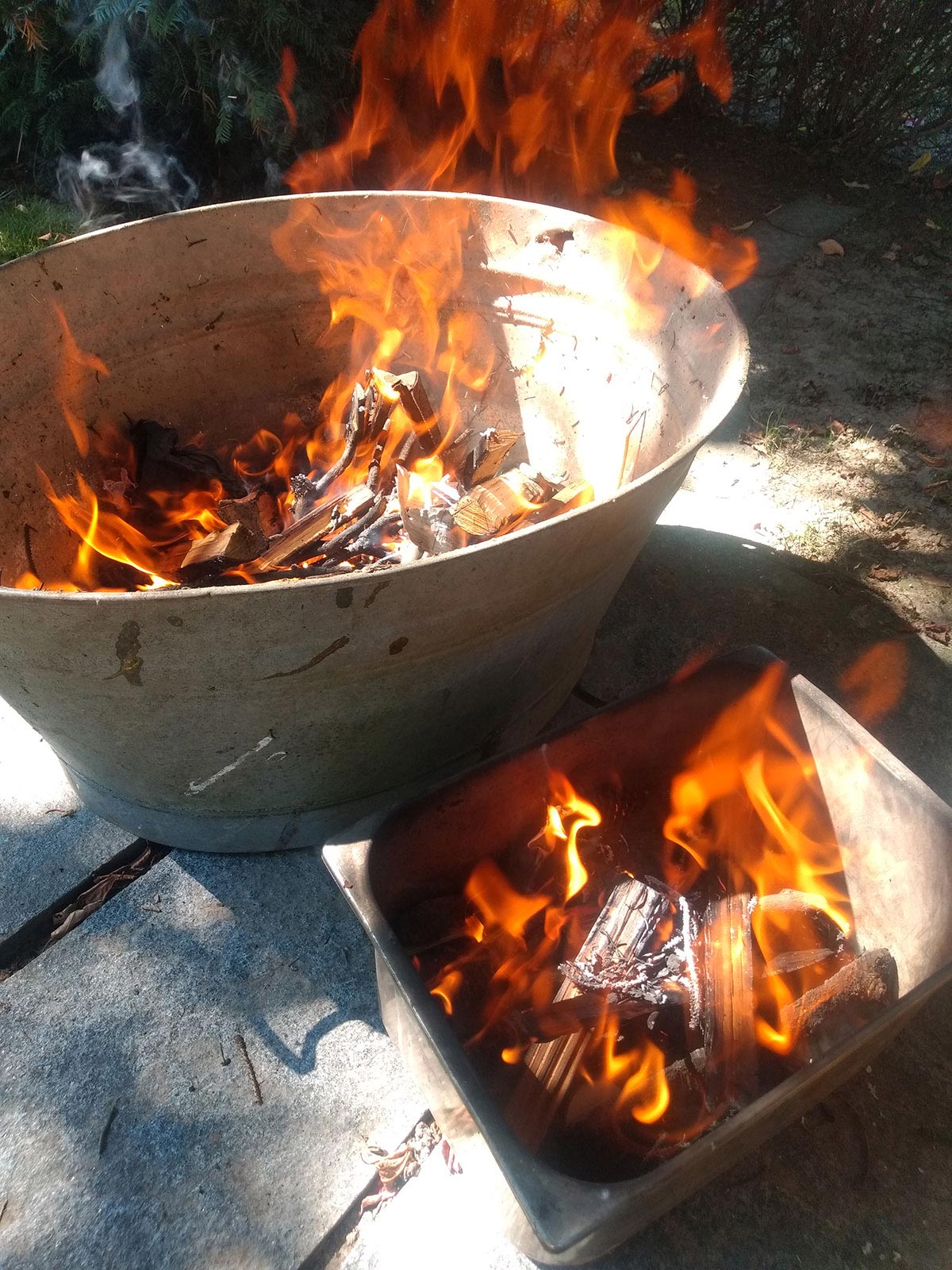
Craft
Clay only becomes ceramic through heat. The transformation occurs at approximately 600°C. The most original way to fire ceramics is directly in fire. In some parts of the world, clay objects are still fired directly in open flames today. Anyone who has tried this themselves will have quickly realized how much knowledge and experience it takes to control an open fire and heat so that the ceramic survives the firing unscathed. This knowledge has been and continues to be passed down from generation to generation. This makes you aware of how much knowledge from countless generations of craftspeople you can draw upon and build upon yourself.
For me, the smoke traces of the fire are particularly interesting. Once you understand when carbon forms and becomes trapped in the porous clay body, you’re tempted to want to control it precisely. Here too, I’ve found: the less you try to control it, the more interesting structures emerge. Chance is deliberately allowed here as well, and fire is used as a designer.
All objects in this series cannot be produced mechanically.
Material
The earthenware clay is polished to a high gloss in several passes, so that the smoke traces of the fire stand out particularly well and create a strong contrast to the smooth surface.
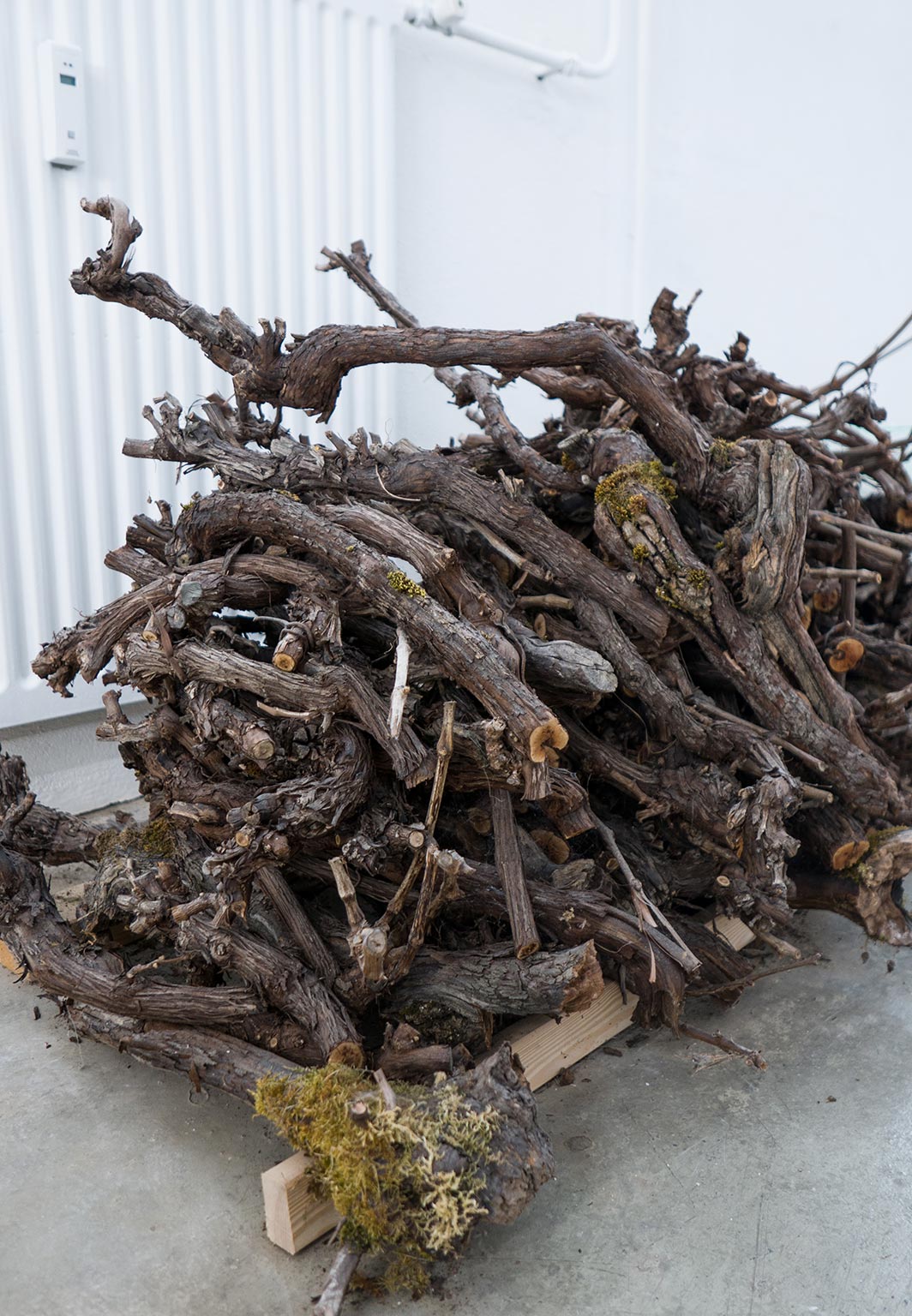
Agricultural waste is used for firing. Here, grapevine prunings. The ash is also reused.
There is a beauty in chance that cannot be created manually or mechanically.
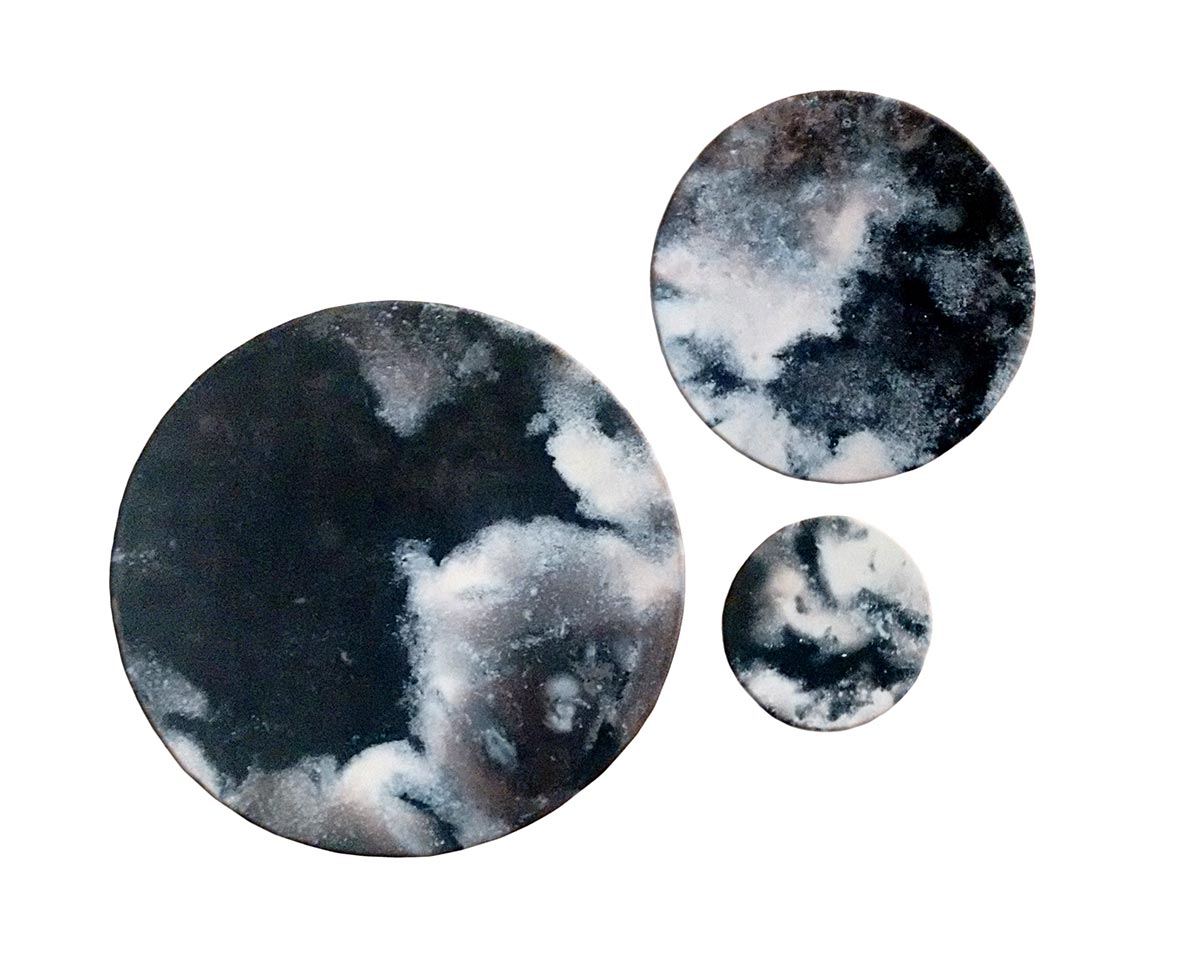
Unique Pieces in Series
As a child, I always found it strange that people hang plates on the wall as decoration, like a picture. The round ceramic panels represent an abstracted version of this.
The traces of the fire can only be controlled to a limited extent. There is a beauty in chance that cannot be created manually or mechanically, so the characteristic traces on the surface emerge in an exciting space between control and chance—I create the conditions for their formation but leave their exact expression to the fire itself.
